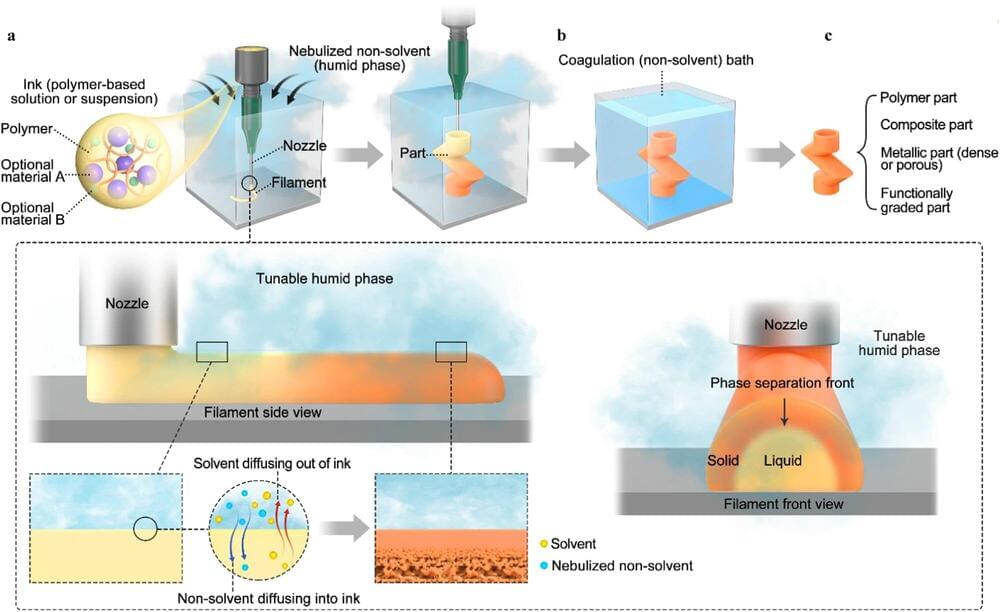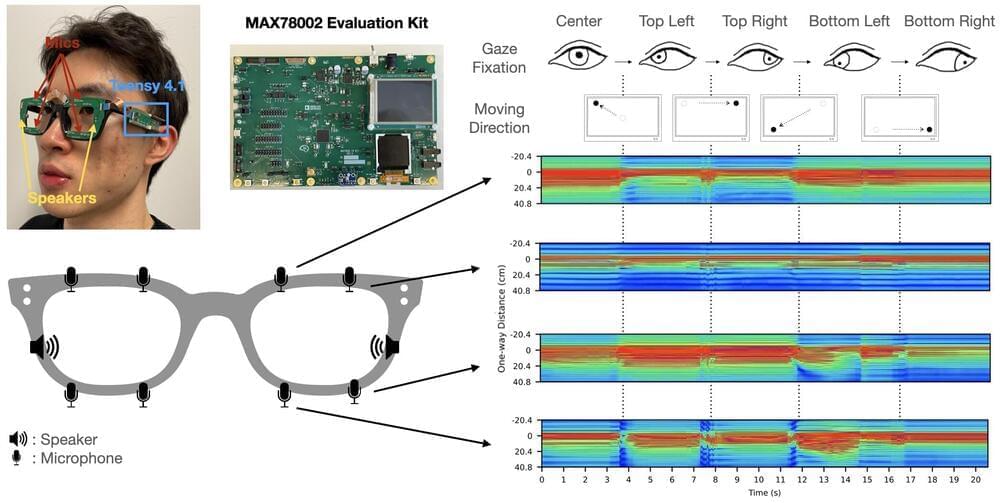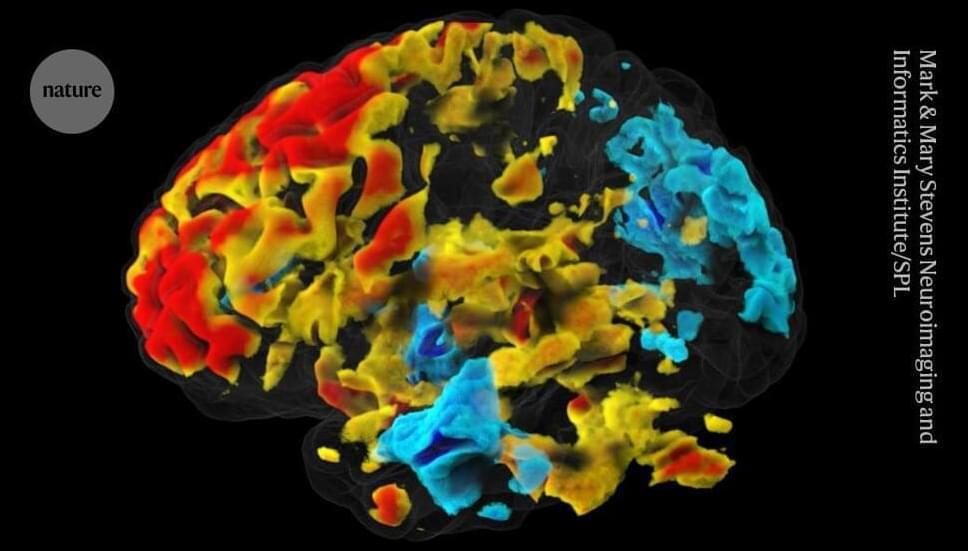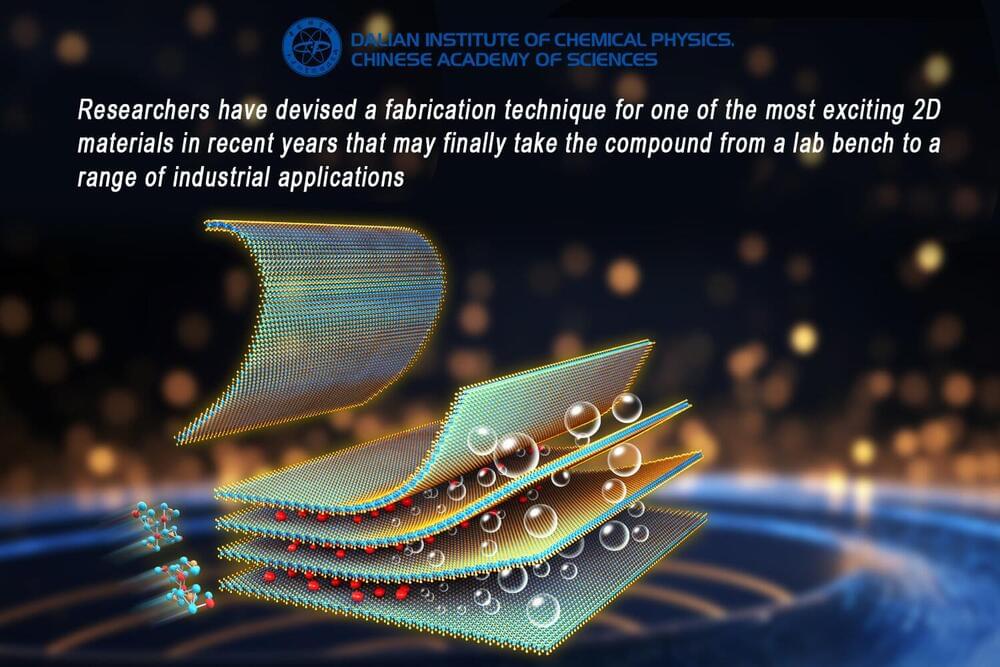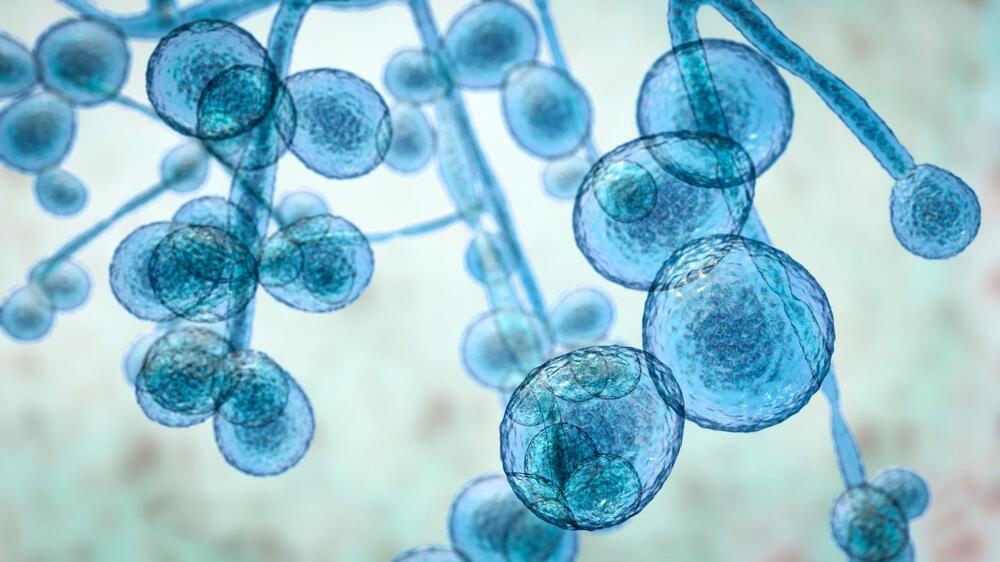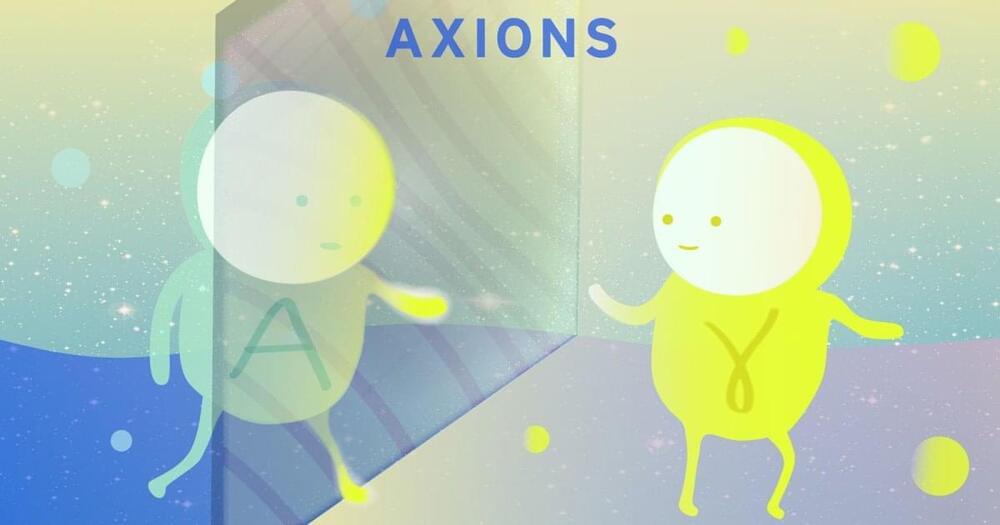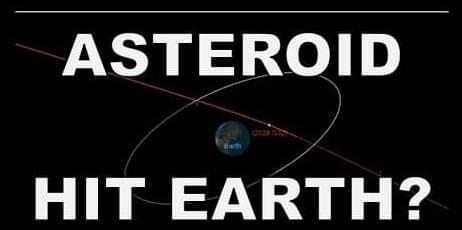University of Florida engineers have developed a method for 3D printing called vapor-induced phase-separation 3D printing, or VIPS-3DP, to create single-material as well as multi-material objects. The discovery has the potential to advance the world of additive manufacturing.
Cornell University researchers have developed two technologies that track a person’s gaze and facial expressions through sonar-like sensing. The technology is small enough to fit on commercial smartglasses or virtual reality or augmented reality headsets yet consumes significantly less power than similar tools using cameras.
In conventional functional MRI (fMRI), researchers monitor changes in blood flow to different brain regions to estimate activity. But this response lags by at least one second behind the activity of neurons, which send messages in milliseconds.
Park and his co-authors said that DIANA could measure neuronal activity directly, which is an “extraordinary claim”, says Ben Inglis, a physicist at the University of California, Berkeley.
The DIANA technique works by applying minor electric shocks every 200 milliseconds to an anaesthetized animal. Between shocks, an MRI scanner collects data from one tiny piece of the brain every 5 milliseconds. After the next shock, another spot is scanned. The software stitches together data from all the spots, to visualize changes in an entire slice of brain over a 200-millisecond period. The process is similar to filming an action pixel by pixel, where the action would need to be repeated to record every pixel, and those recordings stitched together, to create a full video.
But a team of researchers has recently developed a novel fabrication technique —the use of chemical solutions to peel off thin layers from their parent compounds, creating atomically thin sheets—that looks set to deliver on the ultra-thin substance’s promise finally.
The researchers describe their fabrication technique in a study published in Nature.
In the world of ultra-thin or ‘two-dimensional’ materials—those containing just a single layer of atoms—transition metal telluride (TMT) nanosheets have, in recent years, caused great excitement among chemists and materials scientists for their particularly unusual properties.
“We found to our great surprise that this substrate is very much active, jiving and responding in completely surprising ways as the film switches from an insulator to a metal and back when the electrical pulses arrive,” Gopalan said. “This is like watching the tail wagging the dog, which stumped us for a long while. This surprising and previously overlooked observation completely changes how we need to view this technology.”
To understand these findings, the theory and simulation effort — led by Long-Qing Chen, Hamer Professor of Materials Science and Engineering, professor of engineering science and mechanics and of mathematics at Penn State — developed a theoretical framework to explain the entire process of the film and the substrate bulging instead of shrinking. When their model incorporated naturally occurring missing oxygen atoms in this material of two types, charged and uncharged, the experimental results could be satisfactorily explained.
“These neutral oxygen vacancies hold a charge of two electrons, which they can release when the material switches from an insulator to a metal,” Gopalan said. “The oxygen vacancy left behind is now charged and the crystal swells up, leading to the observed surprising bulging in the device. This response can also happen in the substrate. All of these physical processes are beautifully captured in the phase-field theory and modeling performed in this work for the first time by the postdoc Yin Shi in Prof. Chen’s group.”
🌍🔬🍄
Study critiques the World Health Organization’s fungal priority pathogens list for not fully reflecting the global burden of fungal diseases, advocating for a revised list that considers regional disparities and elevates the priority of pathogens like Mucorales and Histoplasma spp. to better align with their impact on public health.
The majority of the matter in our Universe isn’t made of any of the particles in the Standard Model. Could the axion save the day?
Discussions about asteroid 2024 GJ2 near miss with Earth on 11 Apr 24, and asteroids Apophis, Bennu, potential impacts and more!
GoldBacks from Green Greg’s affiliate link:
https://www.defythegrid.com/goldbacks…
Use coupon code GreenGregs for 1% off.
Outstanding Antioxidant For Your Health: https://shopc60.com/
Use discount code: GreenGregs10 for 10% off.
Inspire your kids to love science!
From U tubingen and cambridge U
Wu’s Method can Boost Symbolic AI to Rival Silver Medalists and AlphaGeometry to Outperform Gold Medalists at IMO Geometry https://arxiv.org/abs/2404.
- Wu’s…
Our AI system surpasses the state-of-the-art approach for geometry problems, advancing AI reasoning in mathematics.
🧬🔬💊
Comprehensive review reveals the significant impact of tumor-resident bacteria on metastatic cancer, showing how microbiome genomes influence tumor biology, immune system response, and treatment effectiveness. It lays the groundwork for utilizing bacteria-focused therapies to complement traditional cancer treatments.
